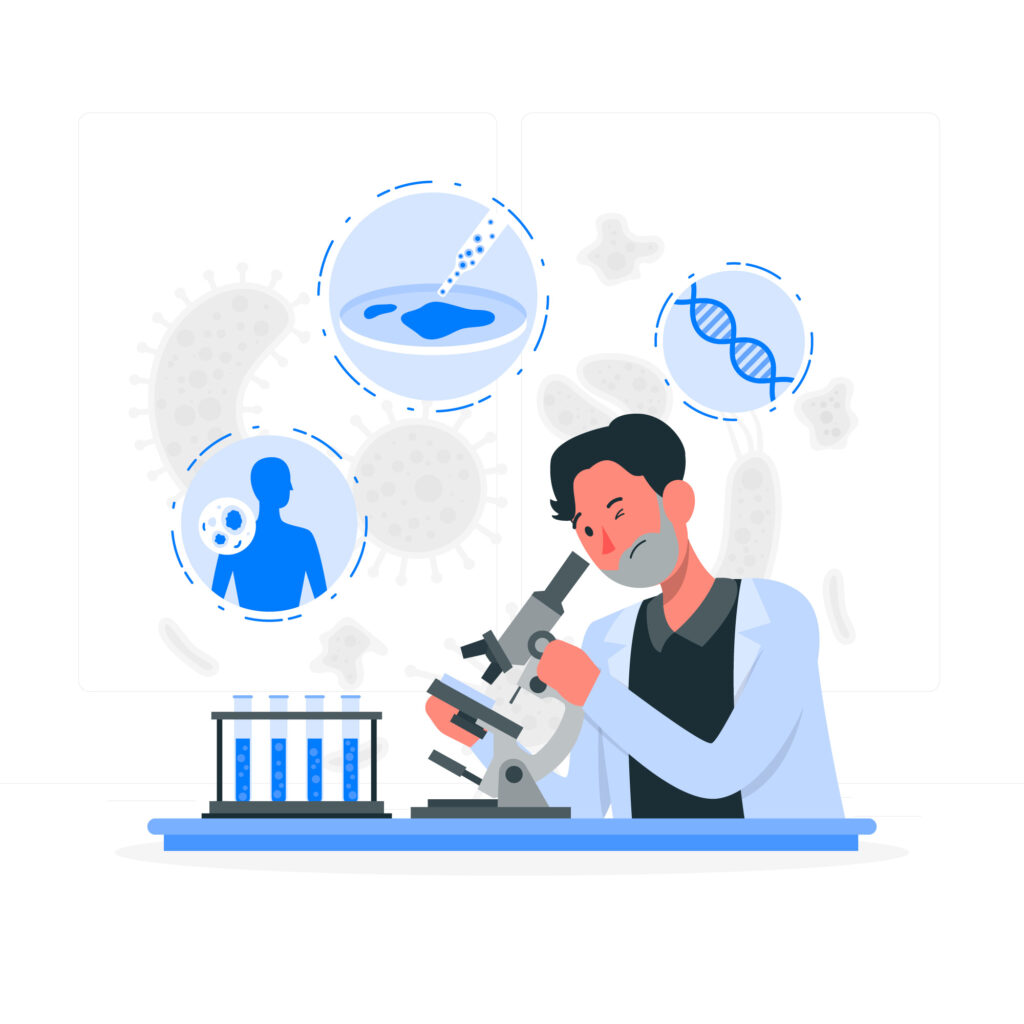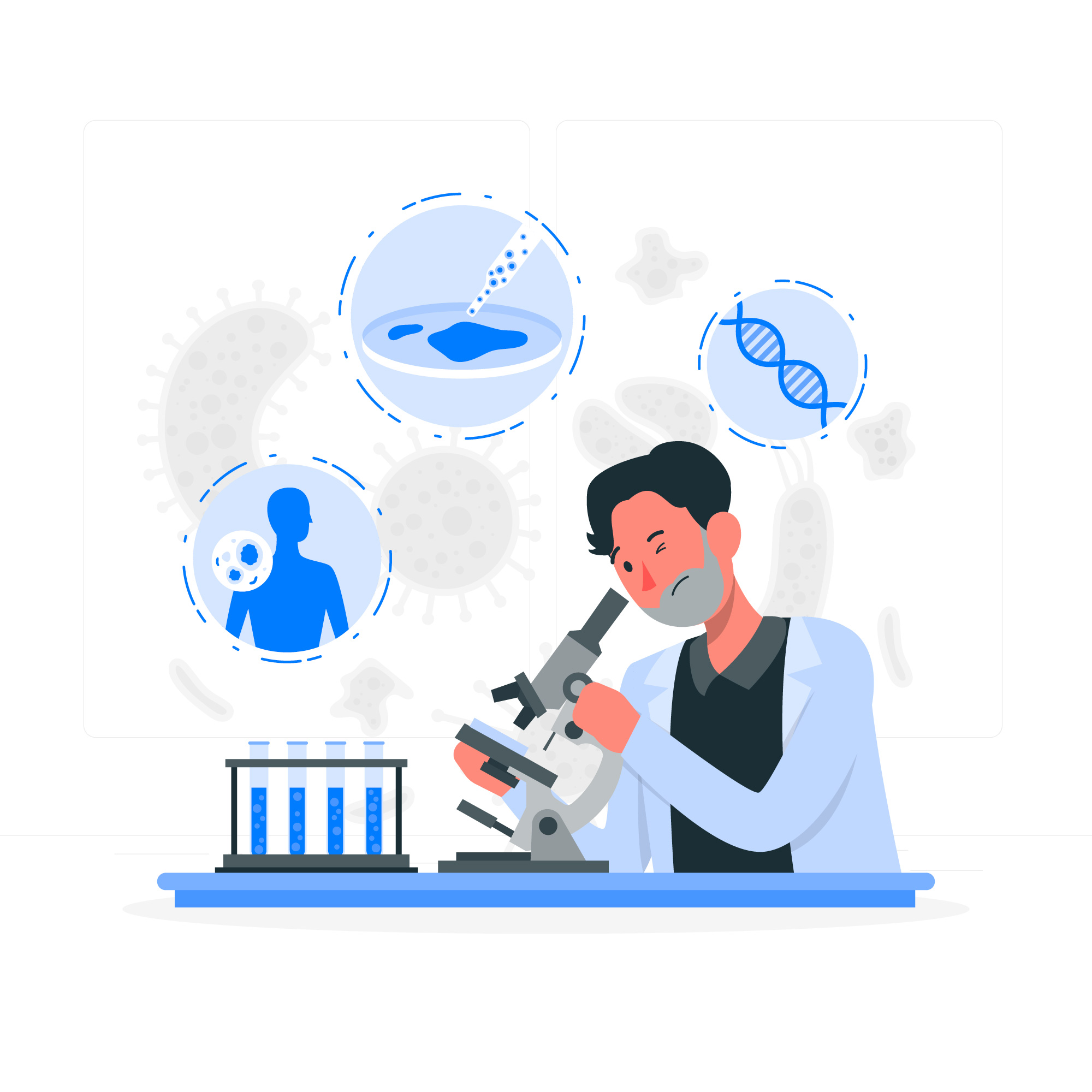In the fast-paced world of technological advancements, the boundaries between humans and technology are gradually blurring, giving birth to a new era of human enhancement known as biohacking. This emerging field of science and technology involves the use of innovative tools, implants, and various modifications to augment human capabilities, fostering a seamless integration between humans and machines. The rise of biohacking signifies a transformative shift in how we perceive ourselves and our relationship with technology. This article explores the fascinating journey of biohacking, its current state, ethical implications, and the potential it holds for shaping the future.

Defining Biohacking
Biohacking refers to the practice of optimizing and enhancing human physiology and performance through self-experimentation and the application of cutting-edge technologies. This practice is not confined to a specific area; instead, it encompasses various disciplines such as biology, neuroscience, genetic engineering, cybernetics, and wearable technology. The ultimate goal of biohacking is to upgrade human capabilities, ranging from cognitive enhancement and physical prowess to longevity and disease prevention.
The Origins of Biohacking
The concept of biohacking has its roots in the “Do-It-Yourself Biology” (DIYbio) movement, which gained momentum in the early 2000s. DIYbio aimed to democratize scientific knowledge and research by making it accessible to non-professional enthusiasts. This open-source ethos paved the way for a growing community of biohackers who began experimenting with genetic engineering, body modifications, and other bio-enhancements.
As technology progressed, the advent of wearables, implantable devices, and bio-sensing technologies accelerated the development of biohacking. From basic bio-monitoring devices like fitness trackers to more advanced brain-computer interfaces (BCIs), biohackers started exploring innovative ways to augment their bodies and minds.
The State of Biohacking Today
Today, the rise of biohacking has led to a diverse and vibrant community of enthusiasts, researchers, and entrepreneurs. Biohackers experiment with a wide range of interventions, including nutraceuticals, nootropics, gene editing, and even implantable technology. Some have embraced “grinder” culture, implanting RFID chips to interact with devices or using magnet implants to sense electromagnetic fields.
Moreover, biohacking has extended beyond individual experimentation to the medical field, where professionals explore the potential of gene therapy, personalized medicine, and regenerative therapies to treat various diseases and conditions. Organizations are investing heavily in biohacking research to unlock the secrets of the human body and revolutionize healthcare.
Biohacking in Different Fields
Health and Medicine: Biohacking has immense potential in personalized medicine. By analyzing an individual’s genetic makeup, biohackers and researchers can tailor treatments to specific genetic predispositions, reducing the risk of adverse reactions and optimizing therapeutic outcomes.
Cognitive Enhancement: Nootropics, also known as smart drugs, are substances that purportedly improve cognitive functions such as memory, focus, and creativity. Biohackers experiment with these compounds to enhance their mental capabilities.
Human-Computer Interaction: Brain-computer interfaces (BCIs) have captured the imagination of biohackers and technology enthusiasts alike. BCIs create a direct communication pathway between the brain and external devices, allowing users to control computers, prosthetics, or other electronic devices using their thoughts.
Sensory Augmentation: Biohacking has led to the development of innovative sensory augmentation technologies, enabling individuals to perceive additional sensory input, such as infrared light or ultrasonic waves.
Ethical Implications
While the rise of biohacking presents exciting possibilities, it also raises important ethical questions. The unregulated nature of biohacking means that individuals are often acting as both scientists and test subjects, potentially exposing themselves to unknown risks. Lack of oversight and self-regulation could lead to unintended consequences and dangerous practices.
Additionally, biohacking’s potential to exacerbate existing social inequalities is a significant concern. As bio-enhancements become more accessible, a divide could arise between those who can afford to enhance themselves and those who cannot, creating a “biological divide.”
Furthermore, the idea of tampering with human biology raises fundamental ethical debates about what it means to be human, the limits of intervention, and the potential loss of natural diversity. Striking the right balance between innovation and responsible use of biohacking technologies is crucial to avoid unintended consequences and ethical dilemmas.
The Future of Biohacking
As biohacking continues its ascent, it is crucial for society to engage in open and thoughtful discussions regarding its potential benefits and risks. Responsible regulation, transparent research practices, and ethical guidelines are essential to ensure biohacking’s safe and sustainable integration into our lives.
The rise of biohacking has the potential to reshape the human experience, opening up opportunities for enhanced health, cognition, and sensory capabilities. Nonetheless, careful consideration must be given to the ethical, social, and legal aspects to ensure that this promising field evolves responsibly.
Conclusion
The rise of biohacking marks a significant chapter in human history, where the boundaries between humans and technology blur, promising to redefine human potential and capabilities. With advances in genetics, wearable technology, and brain-computer interfaces, the possibilities seem endless. However, ethical concerns must be addressed, and regulations put in place to ensure that biohacking benefits humanity as a whole, avoiding the pitfalls of misuse and exploitation. As society moves forward, striking a balance between innovation and responsible biohacking practices will determine how this merger of humans and technology shapes our future.
Related Articles:
1. The Technological Future – Merging with Machines [Toebes]
2. AI-Driven Biohacking: How Data & Technology
3. Tracing the emergence and evolution of DIY biology




